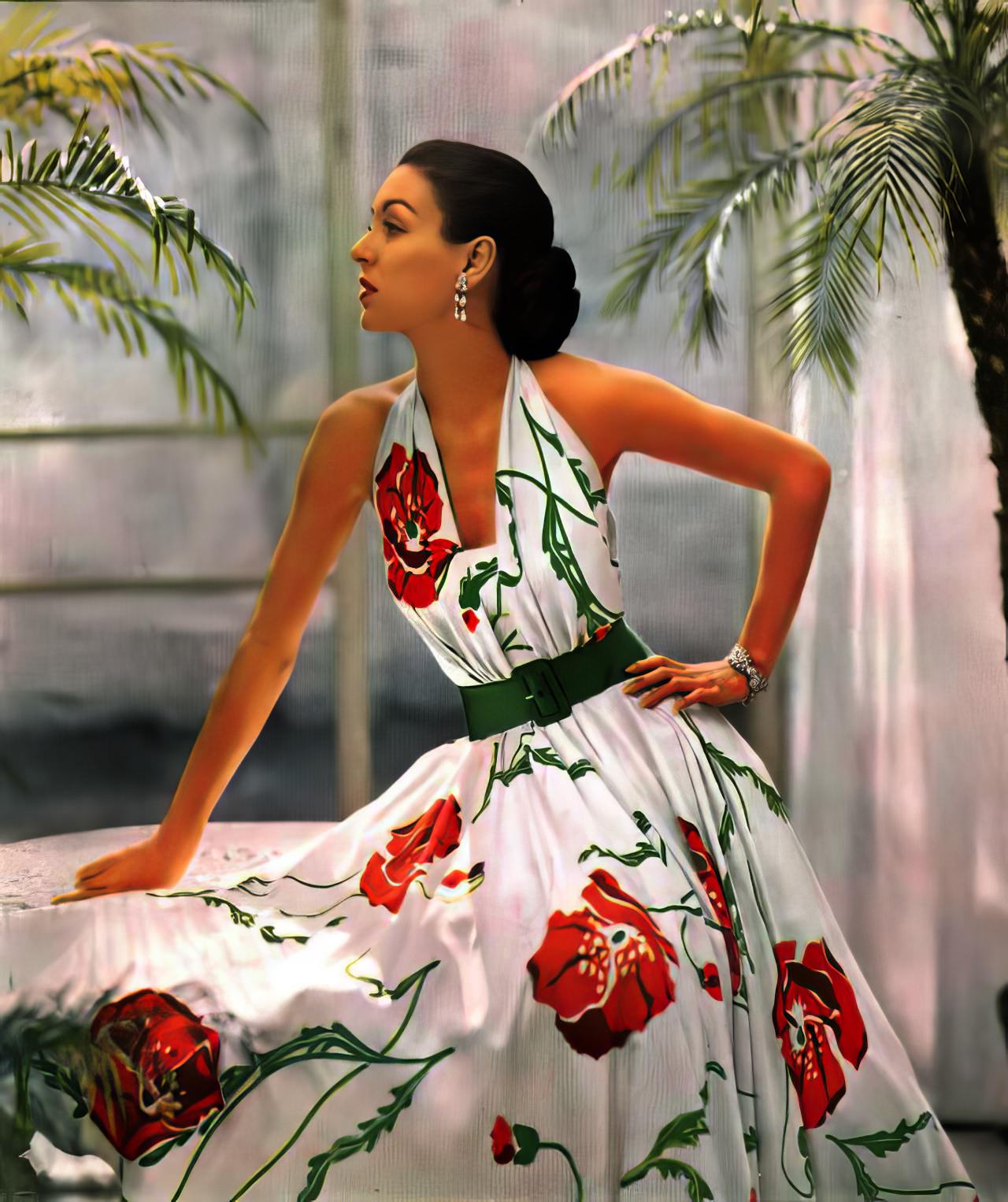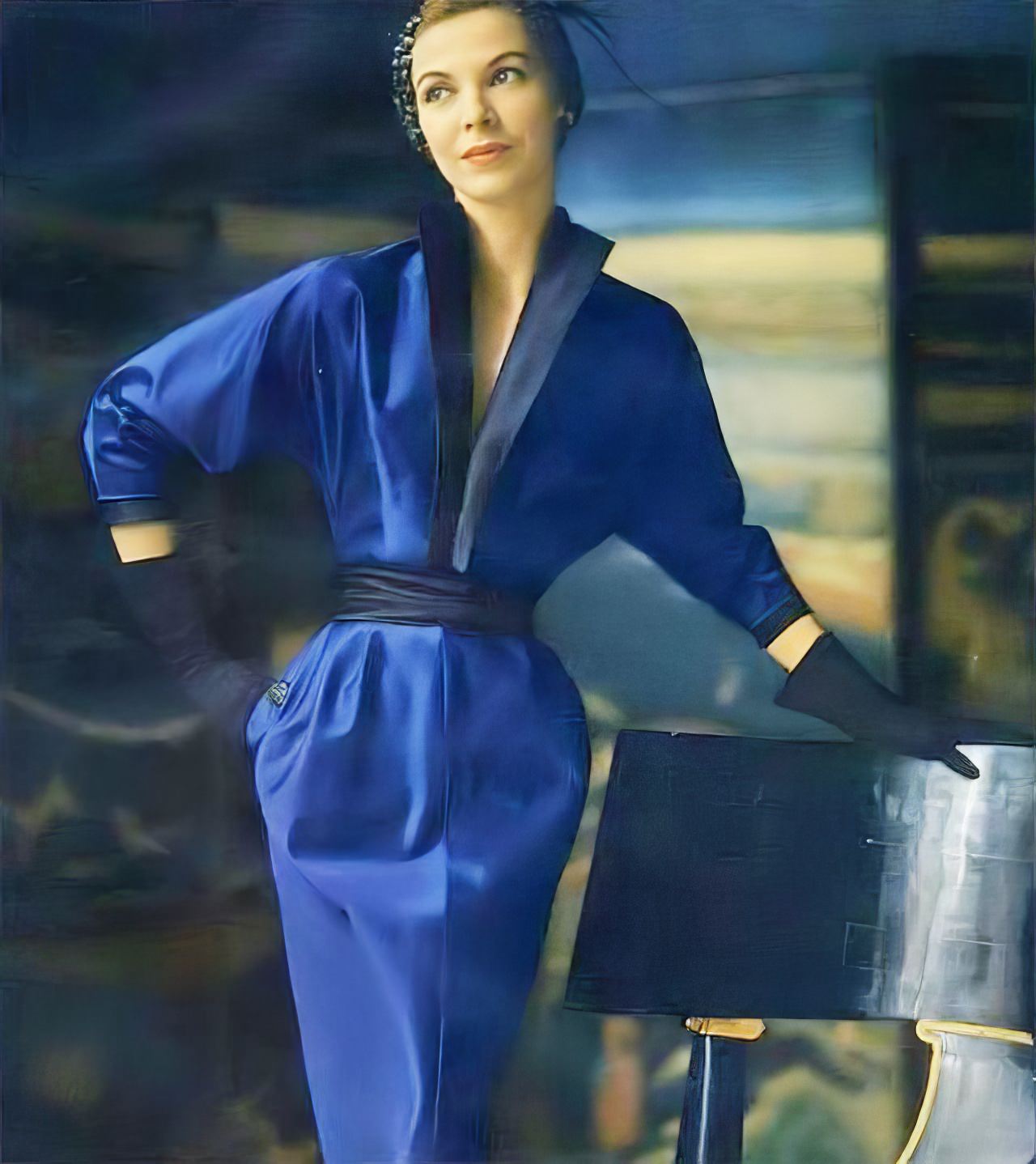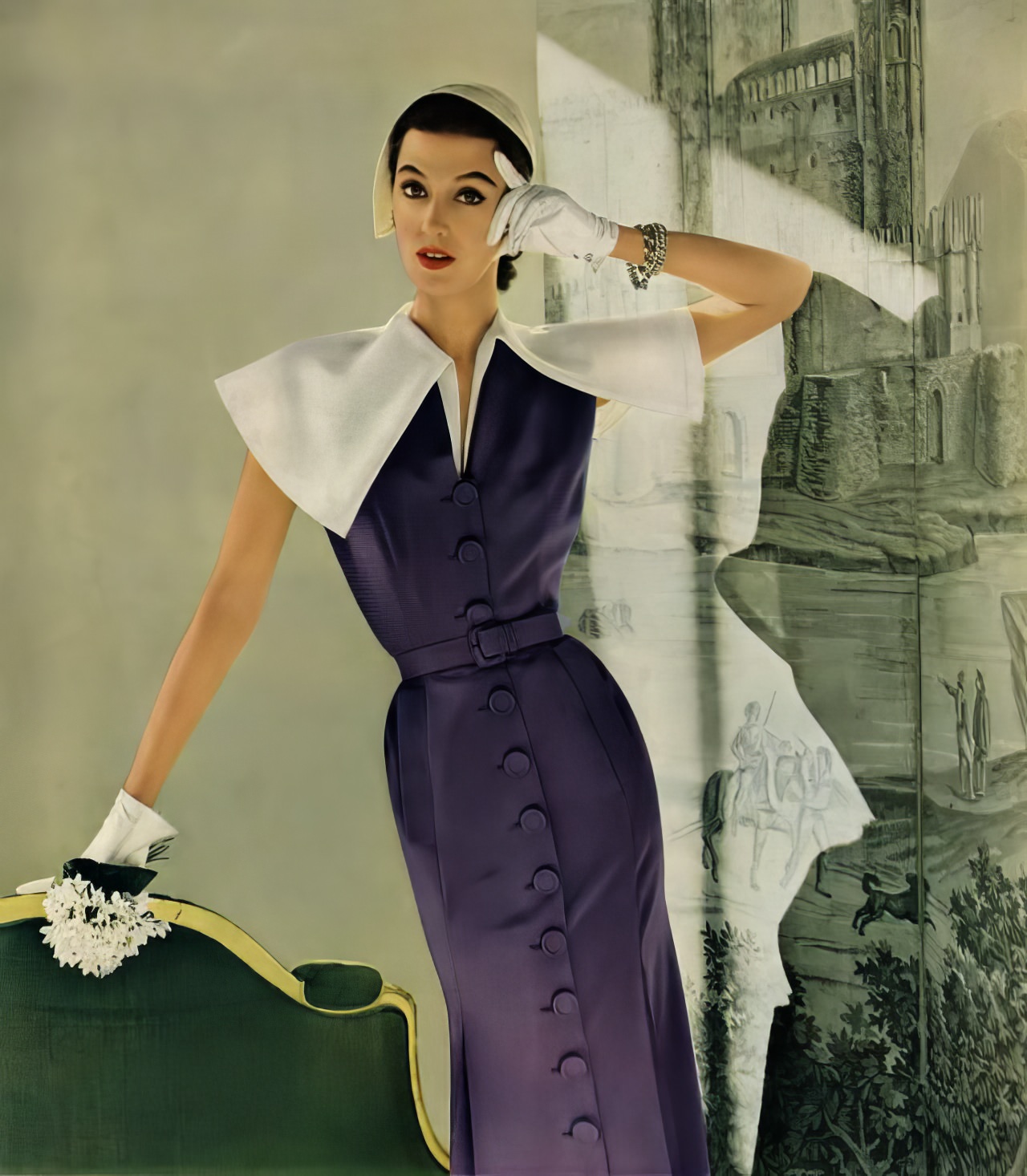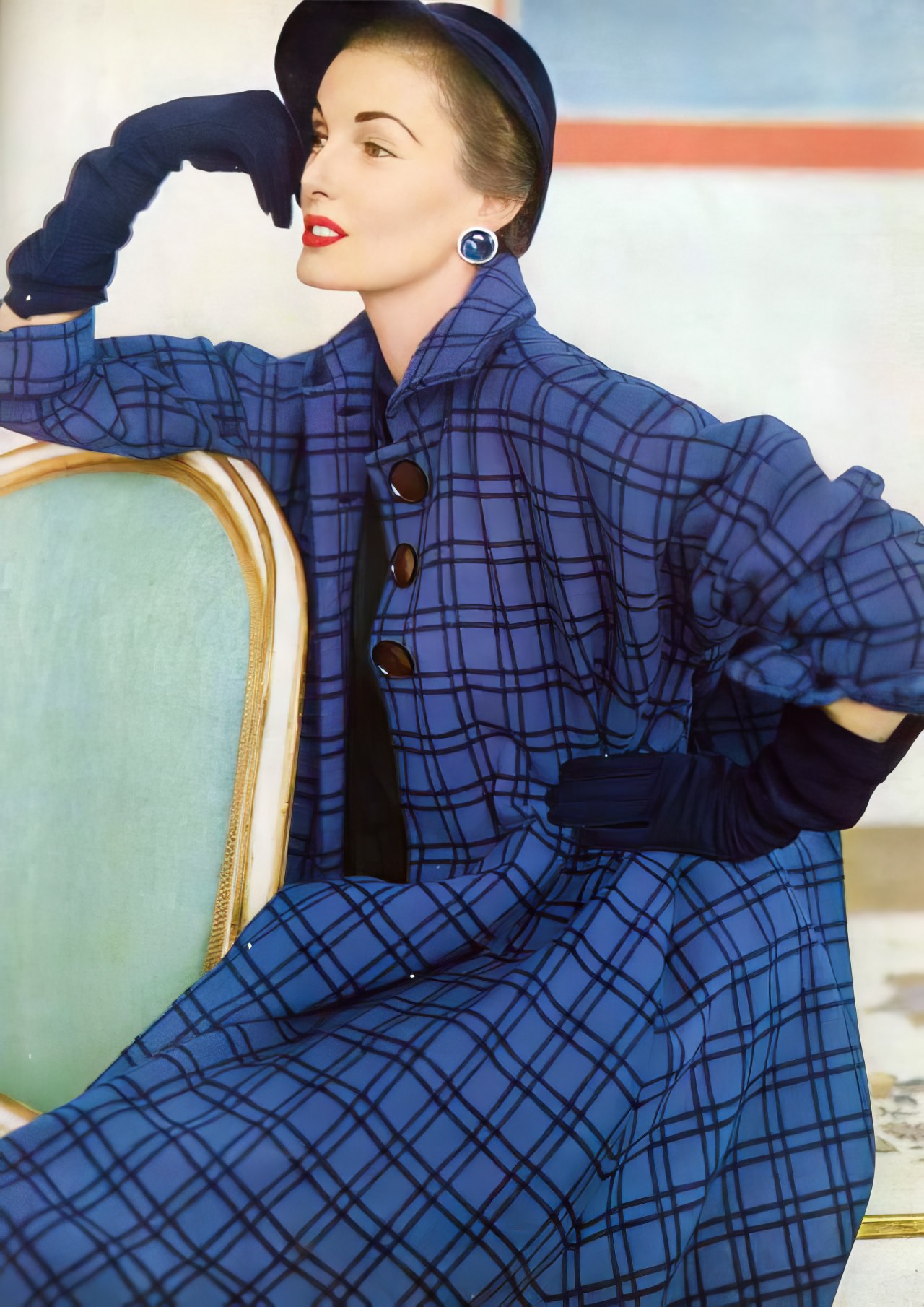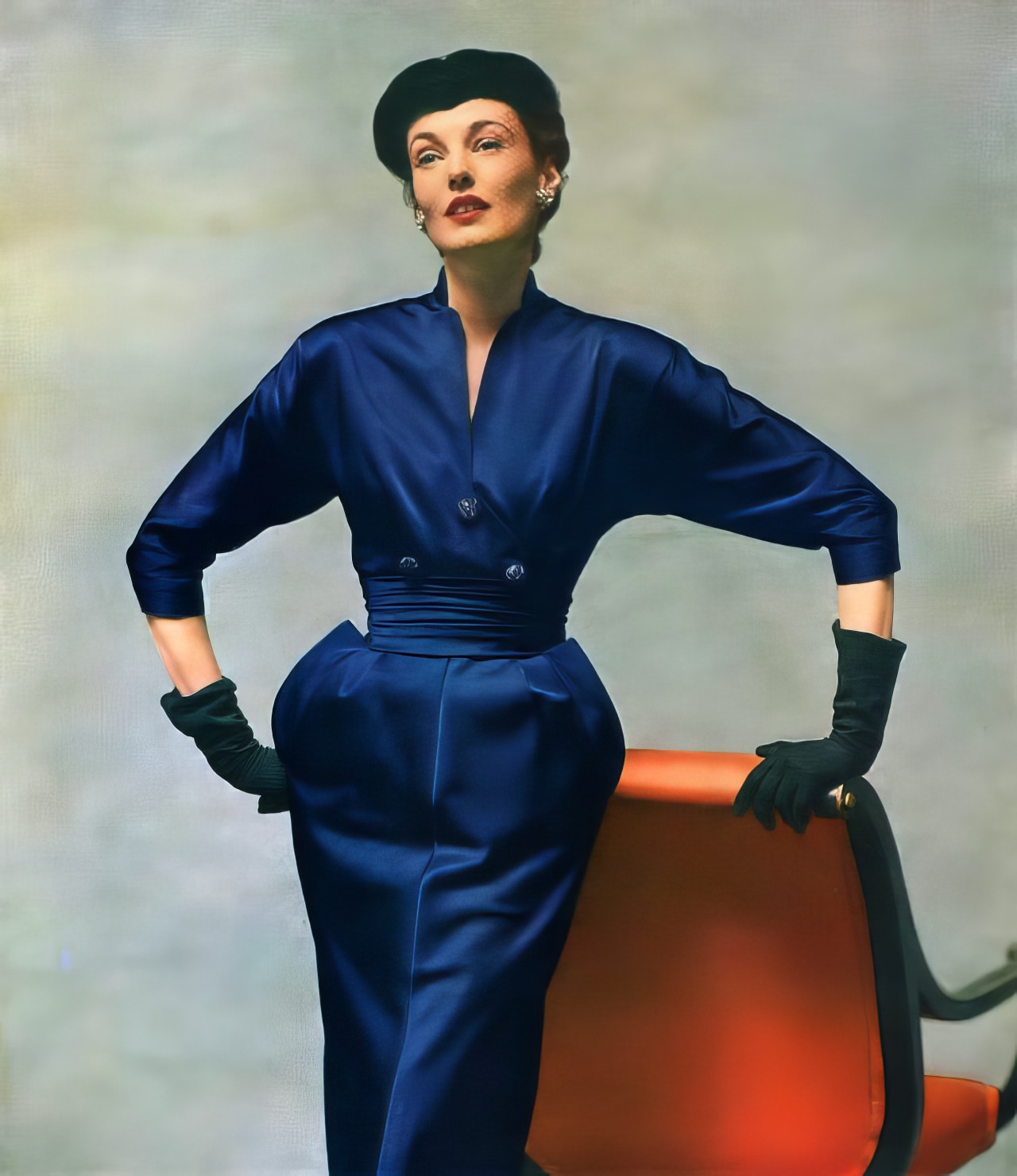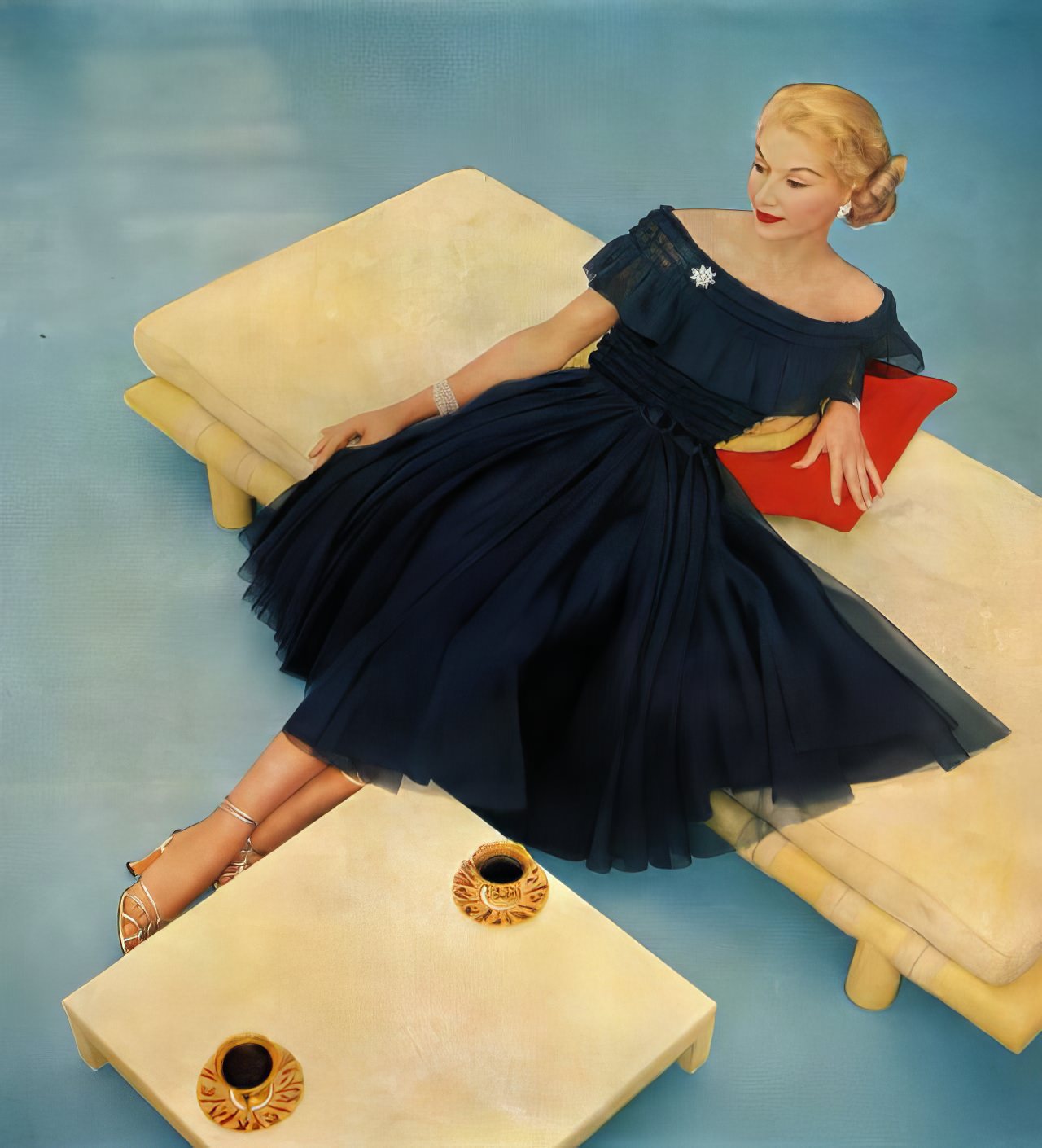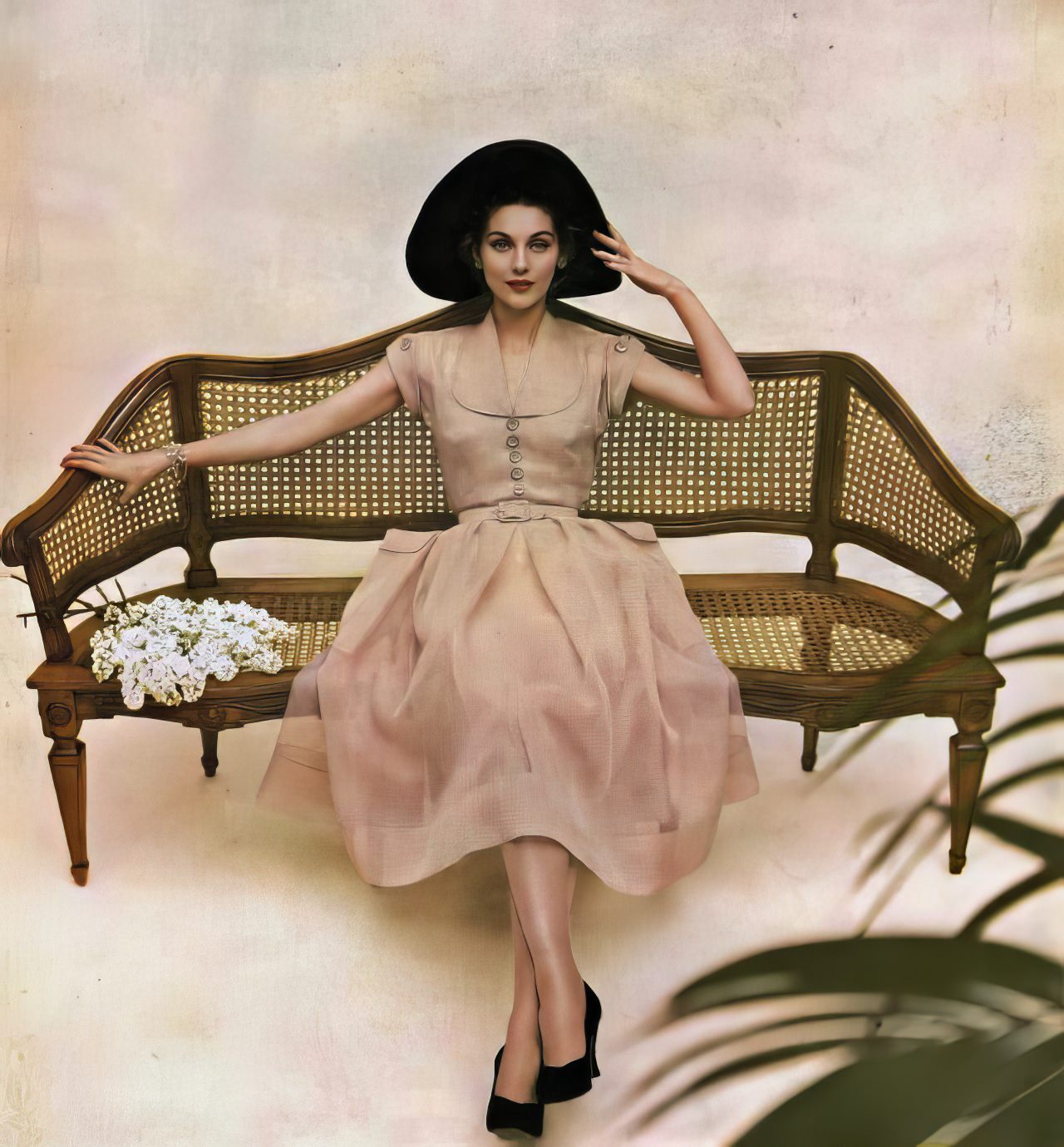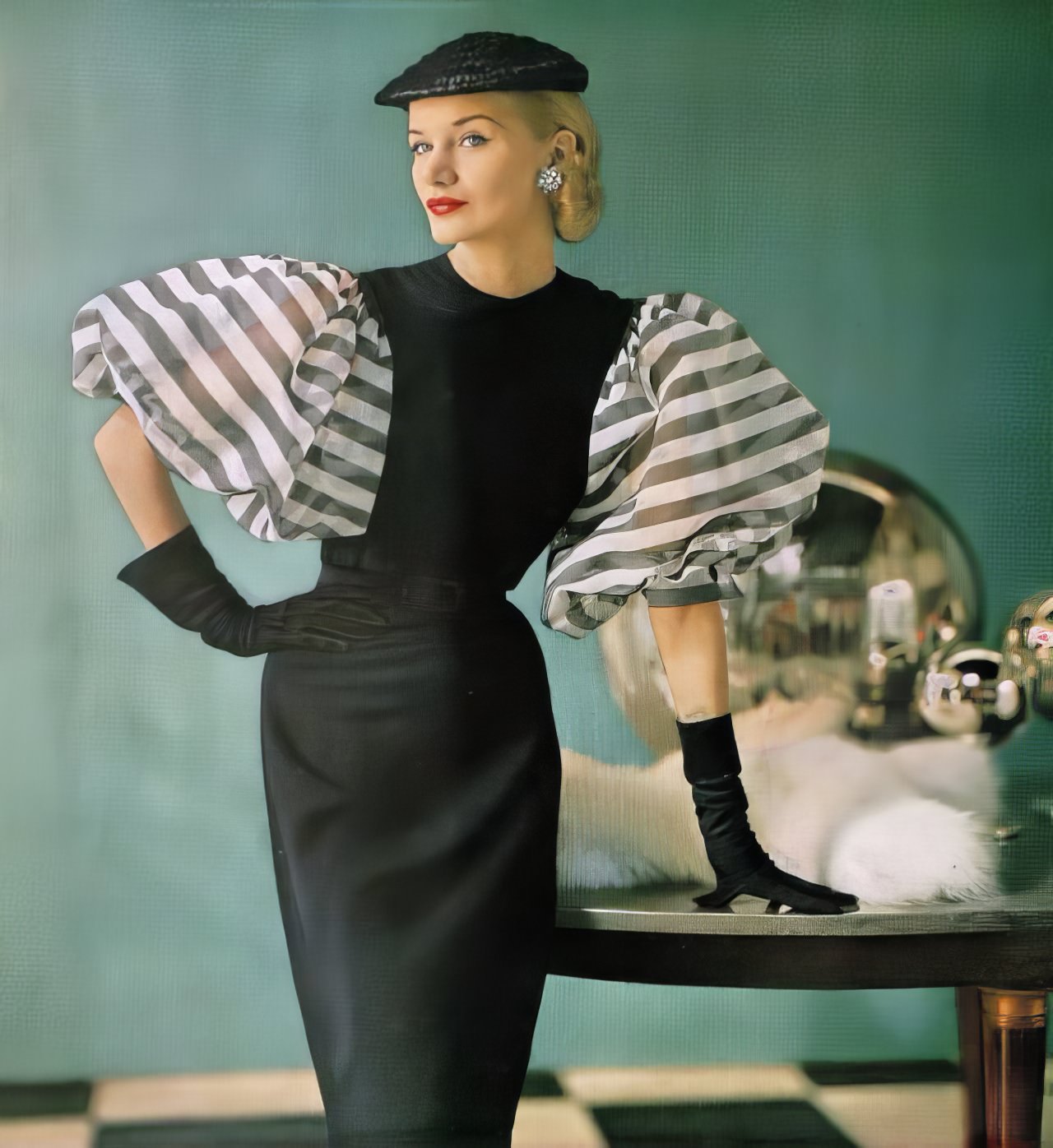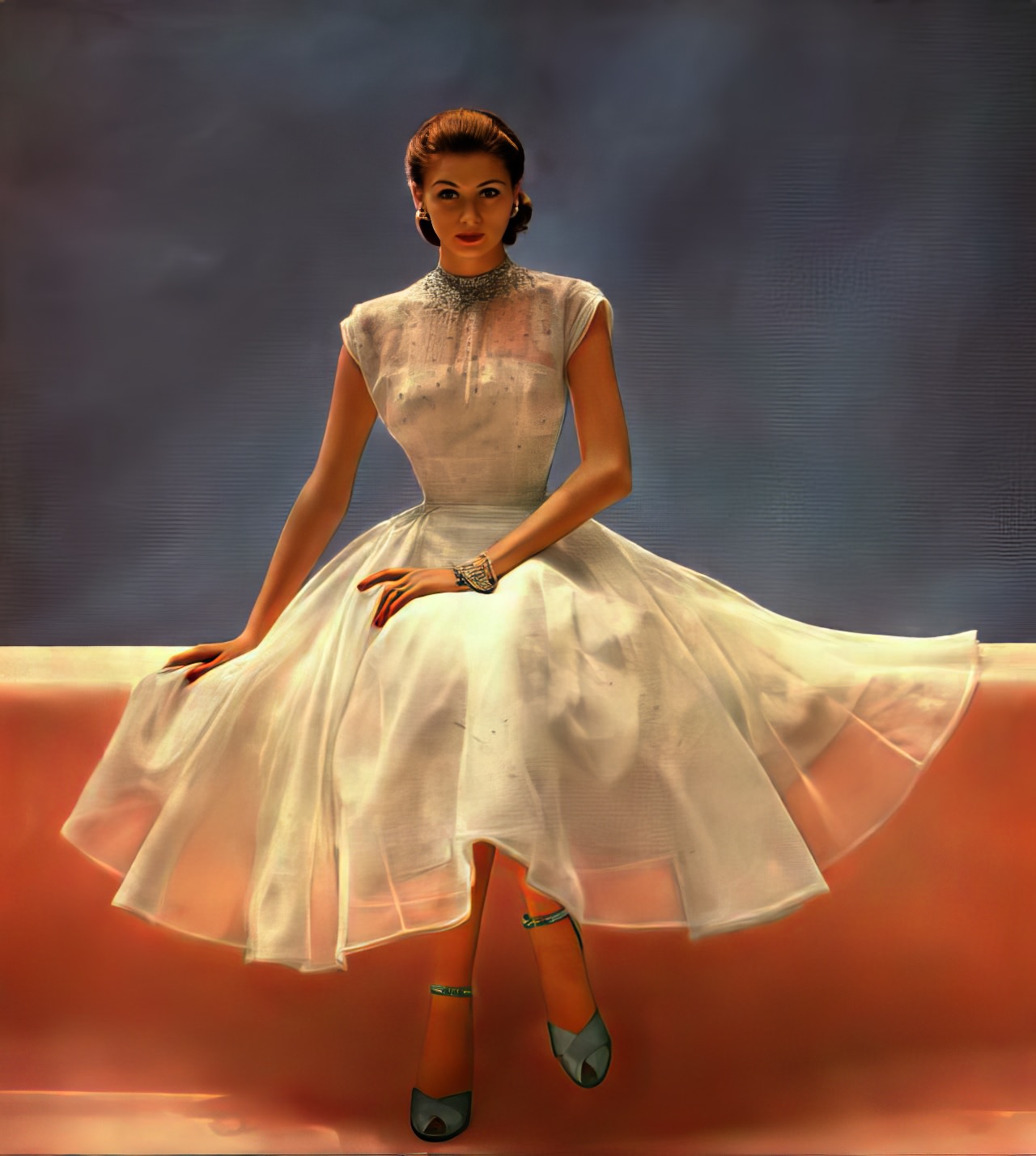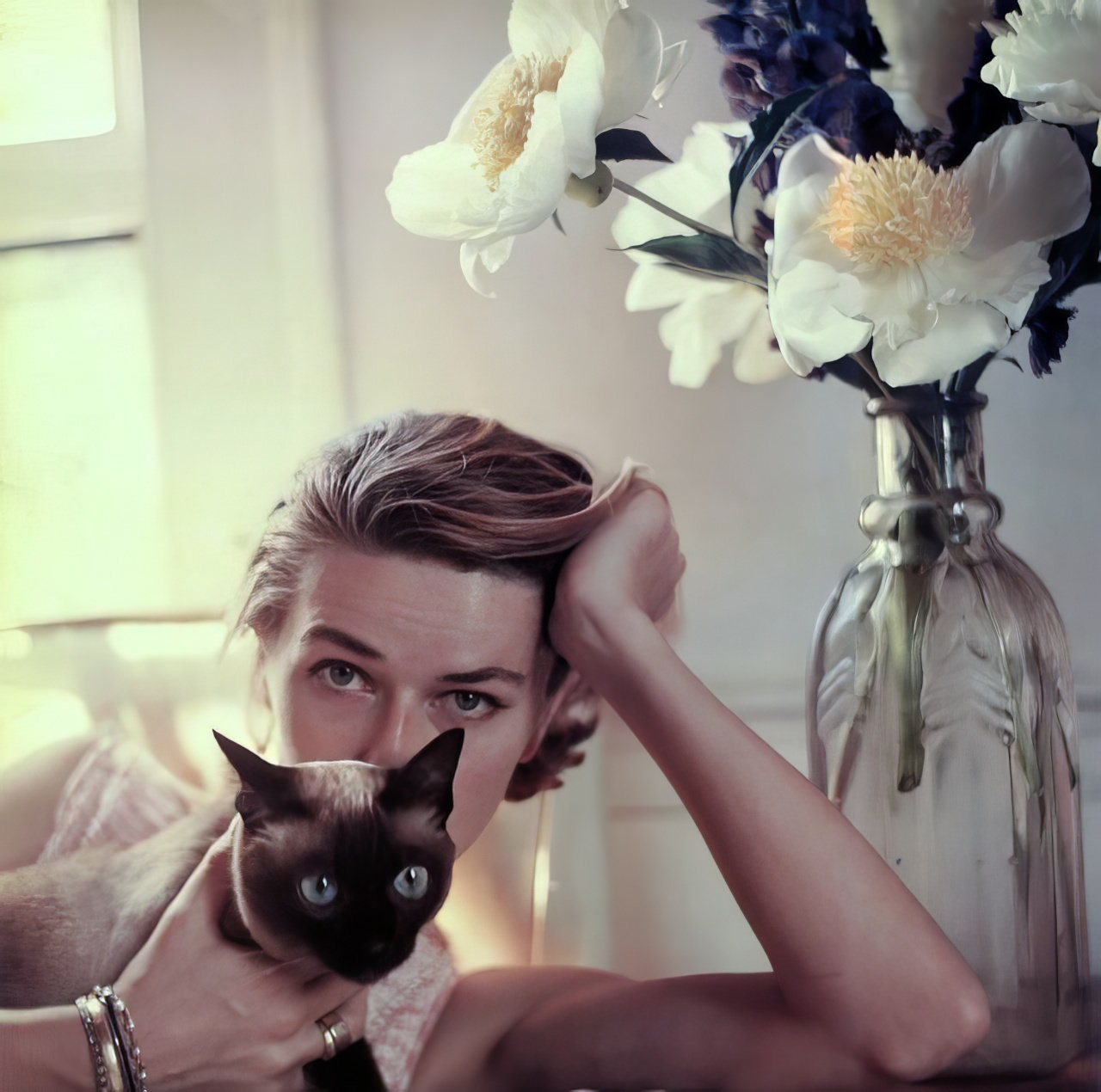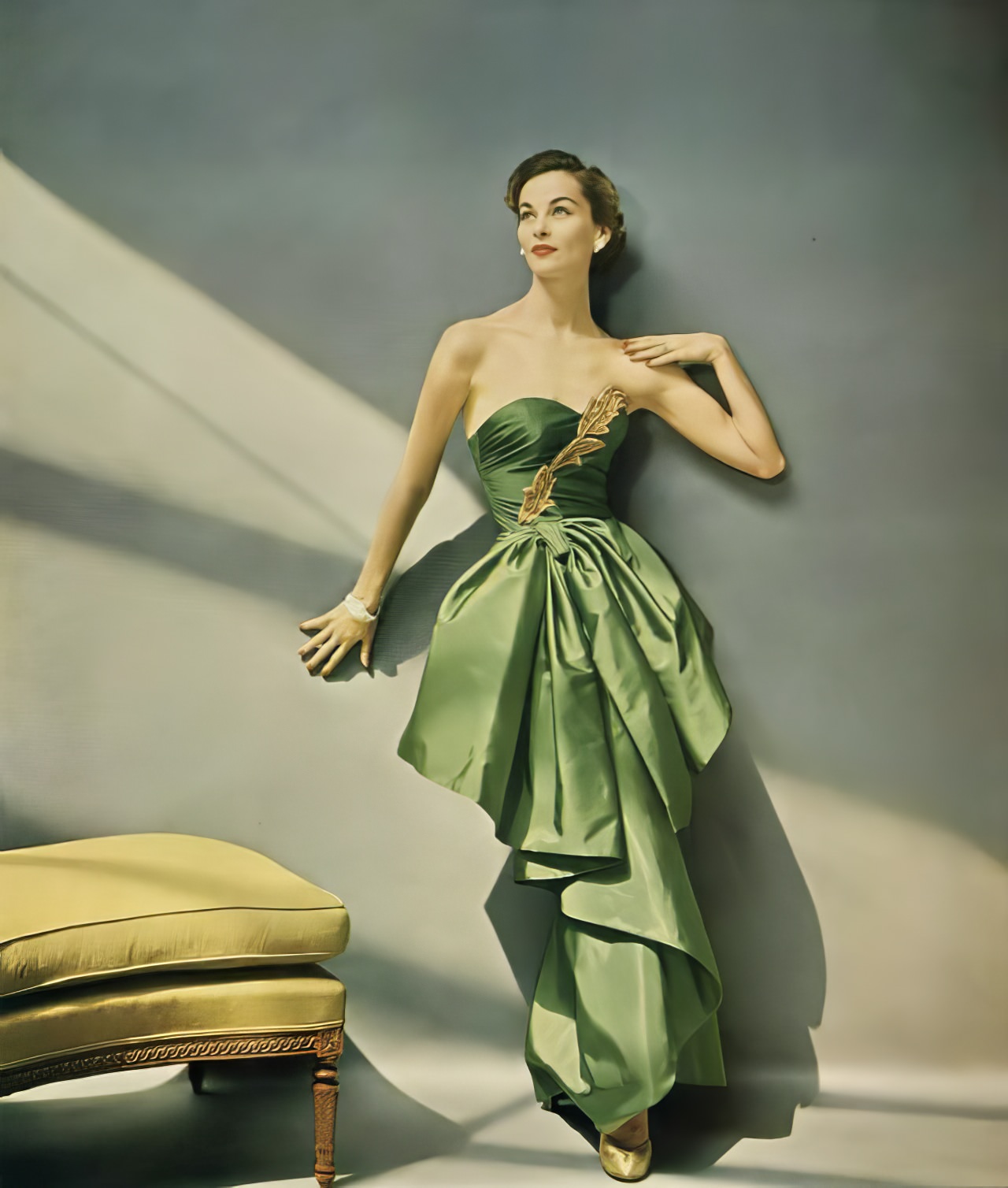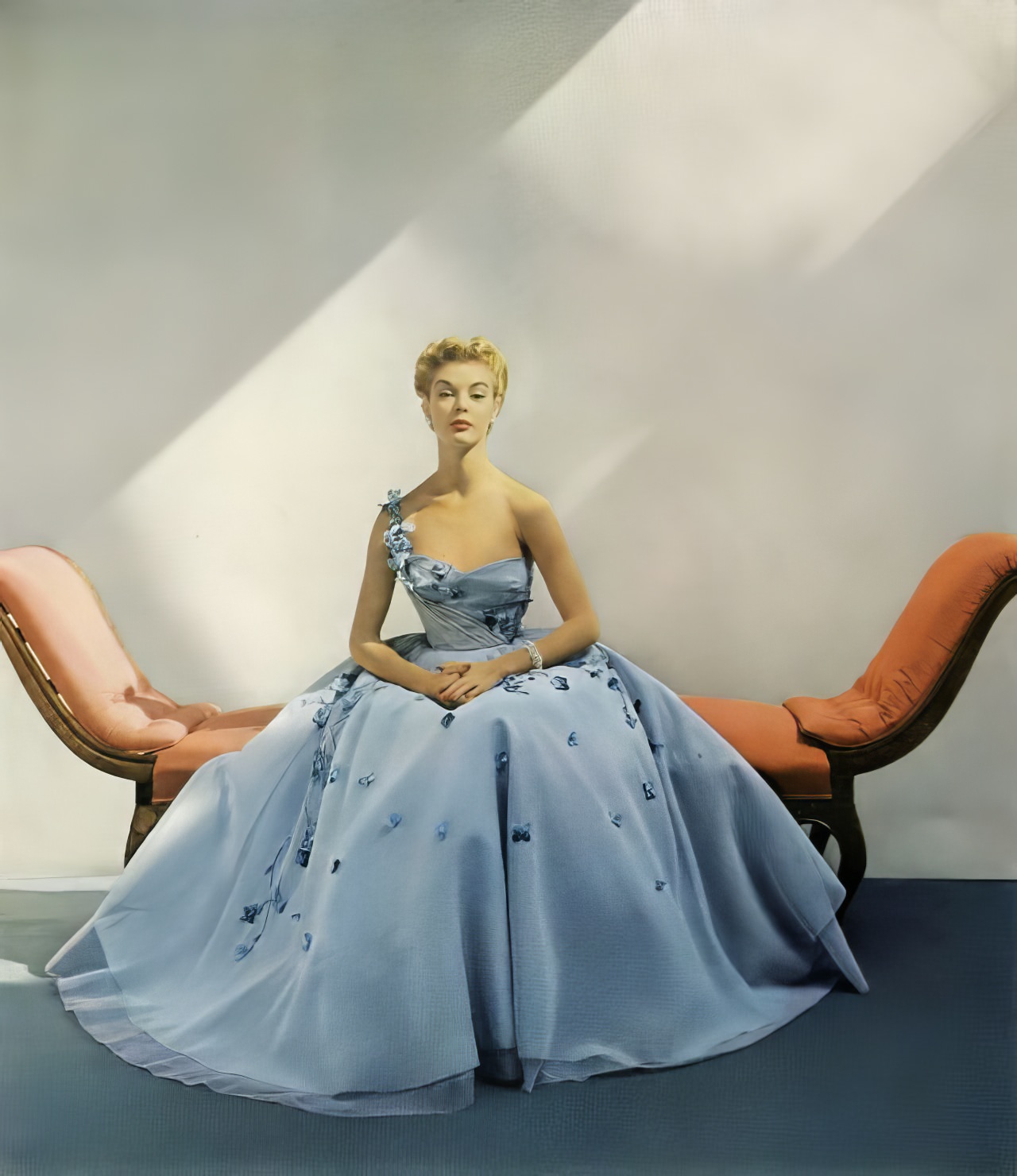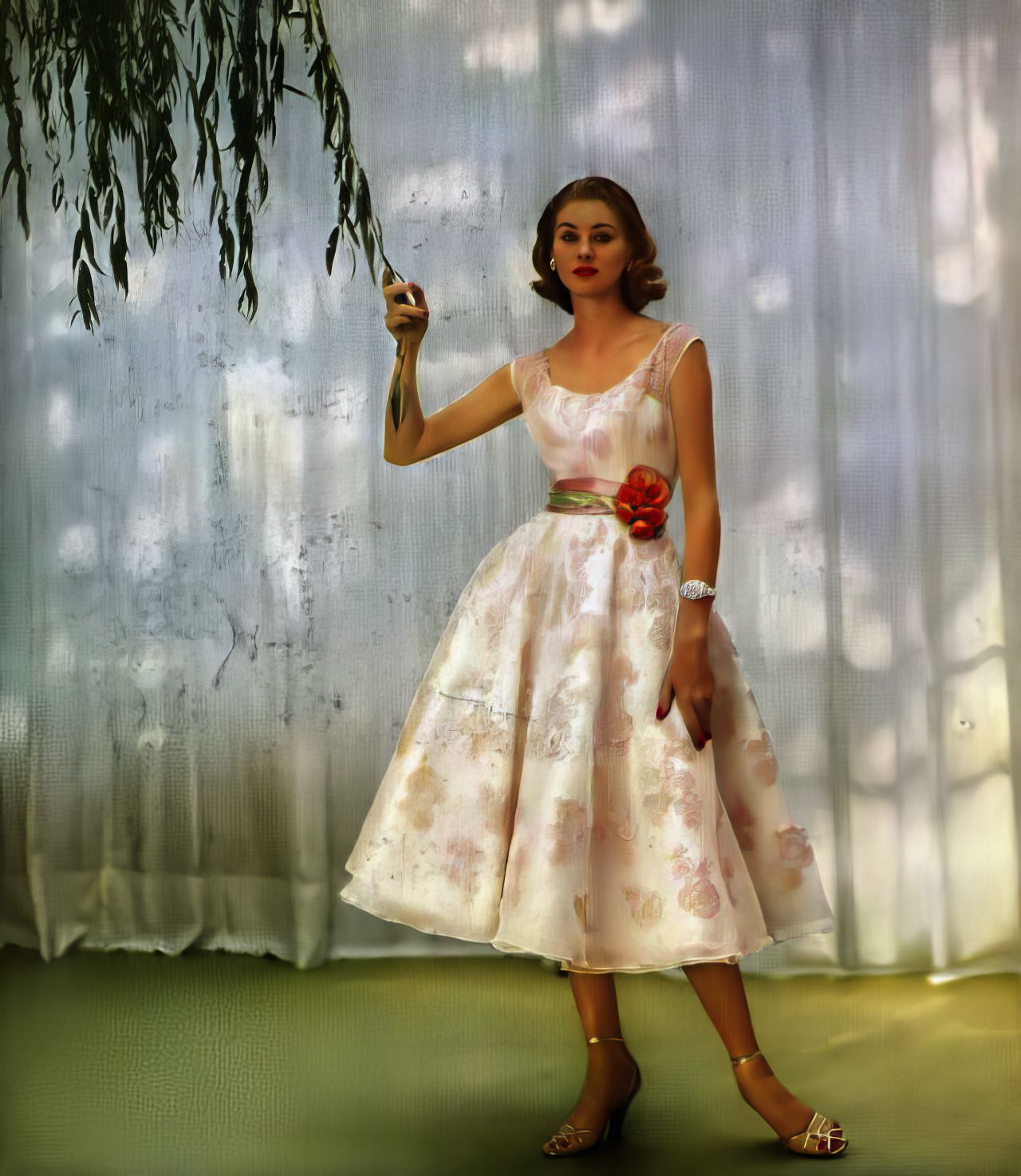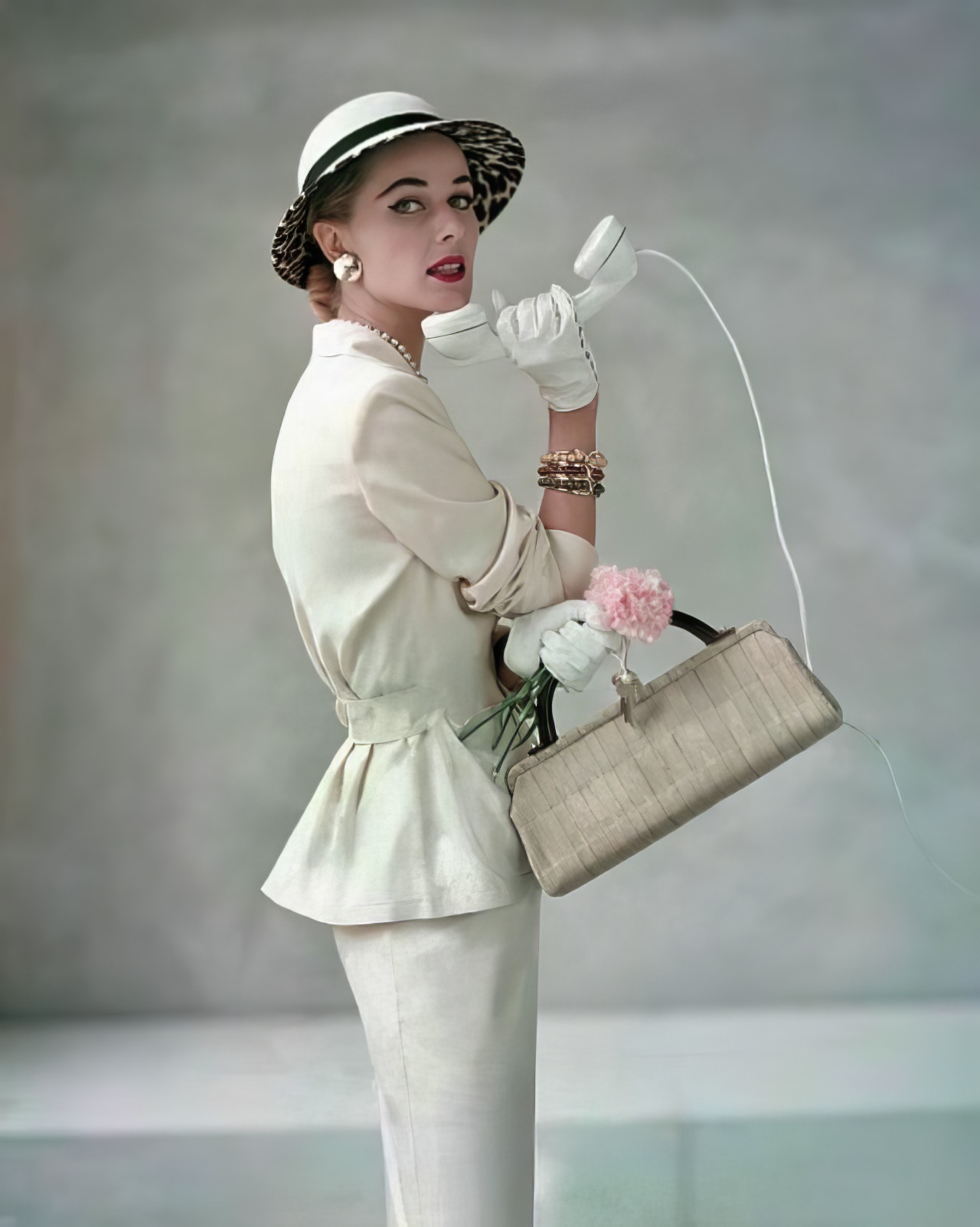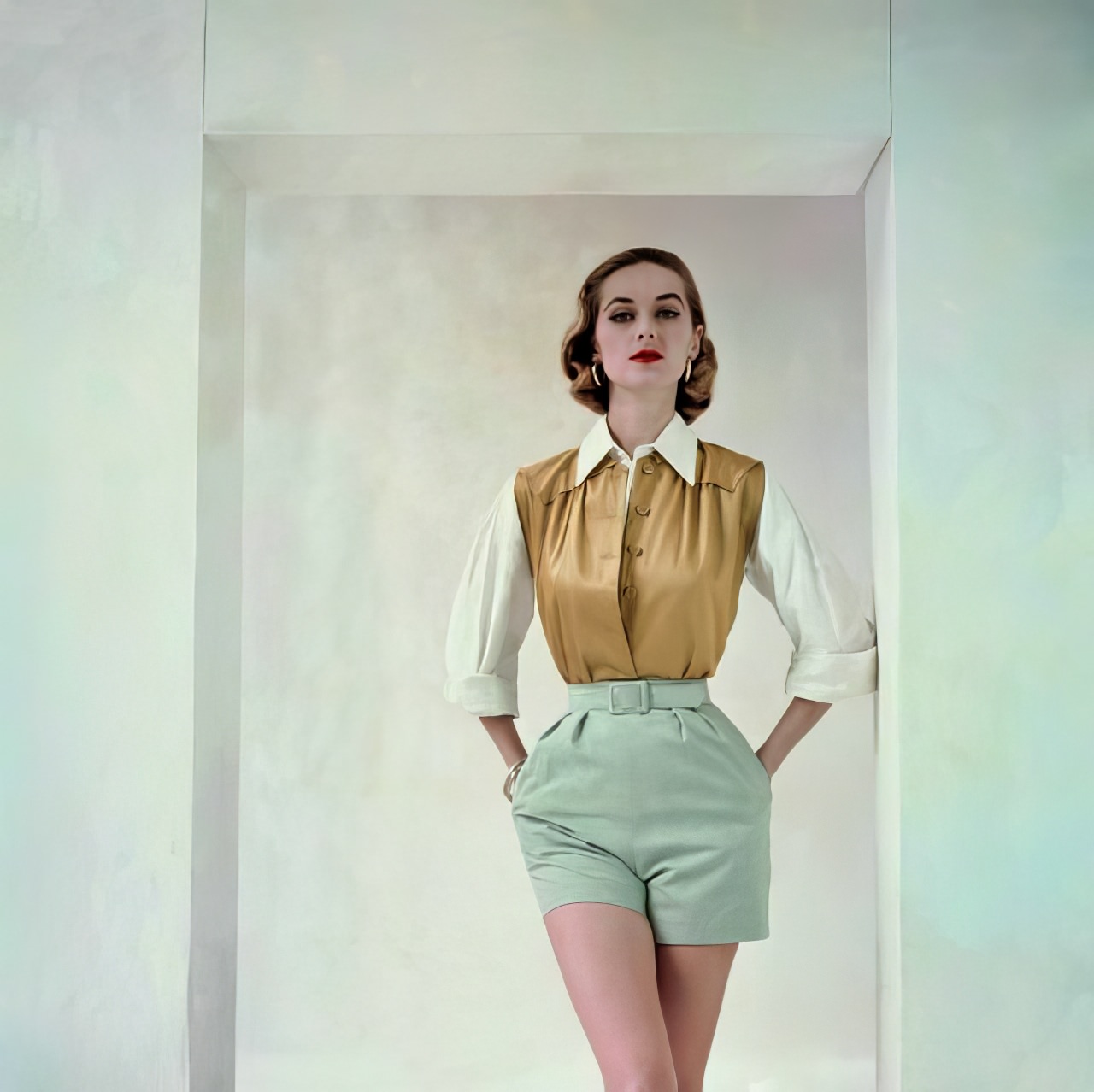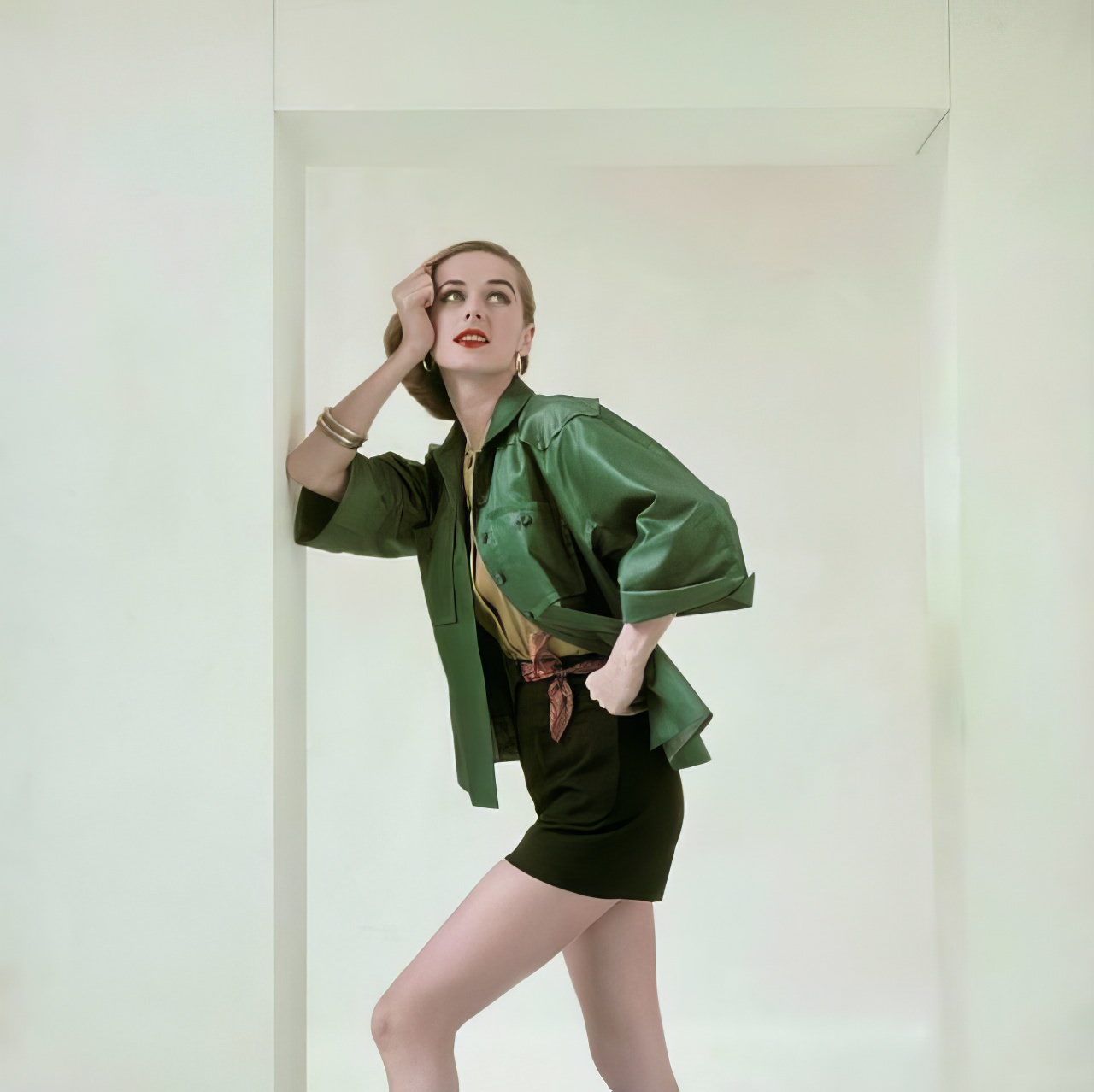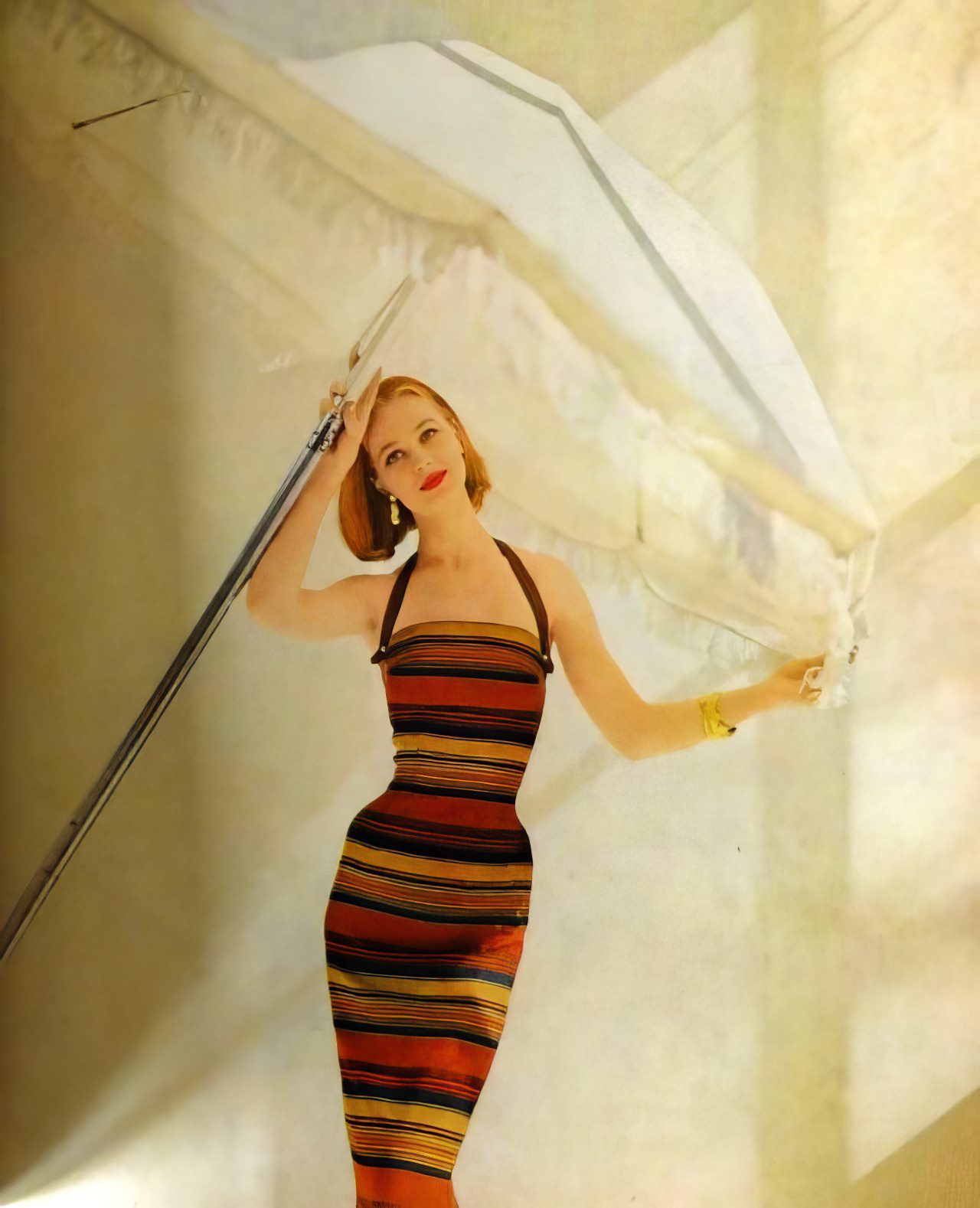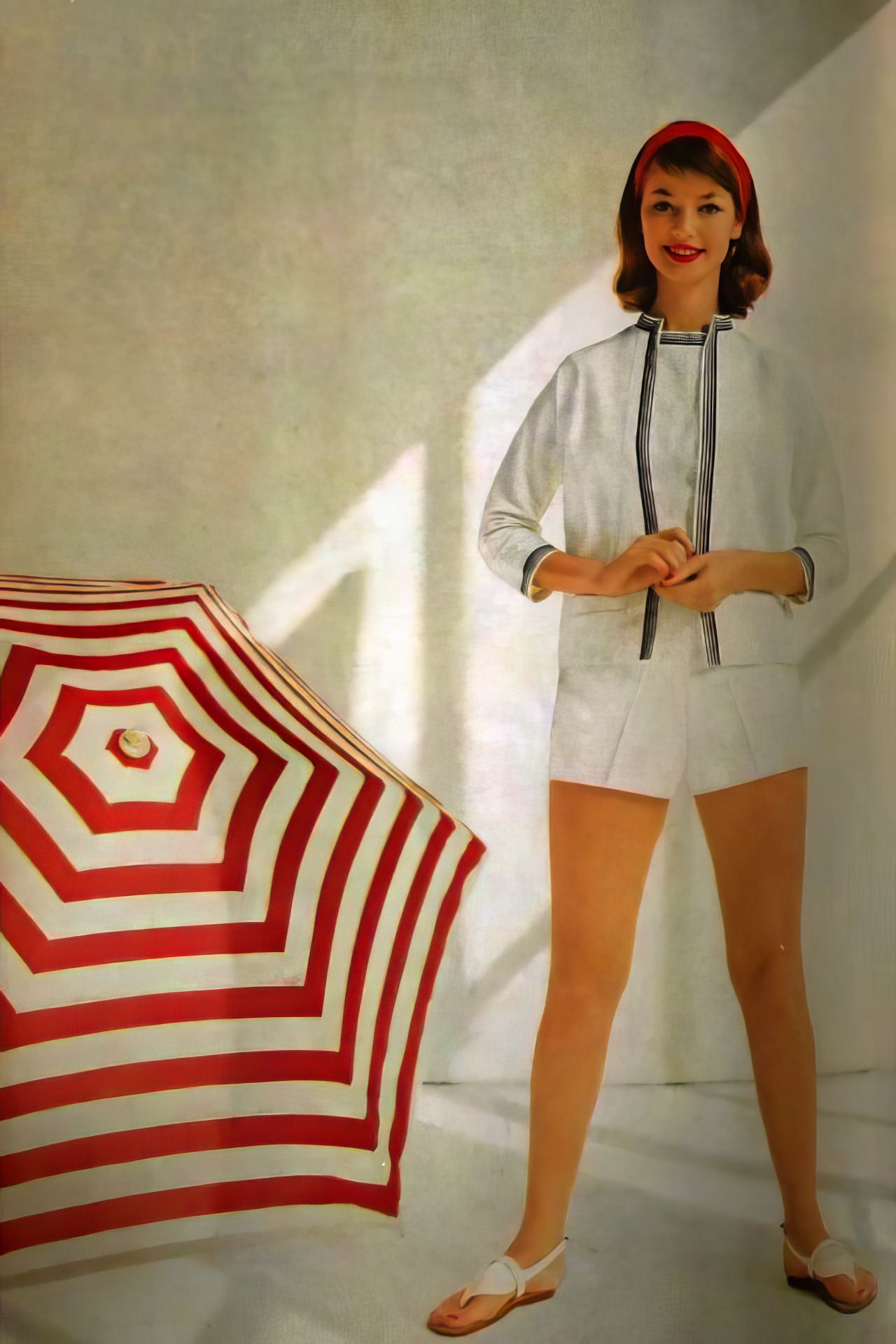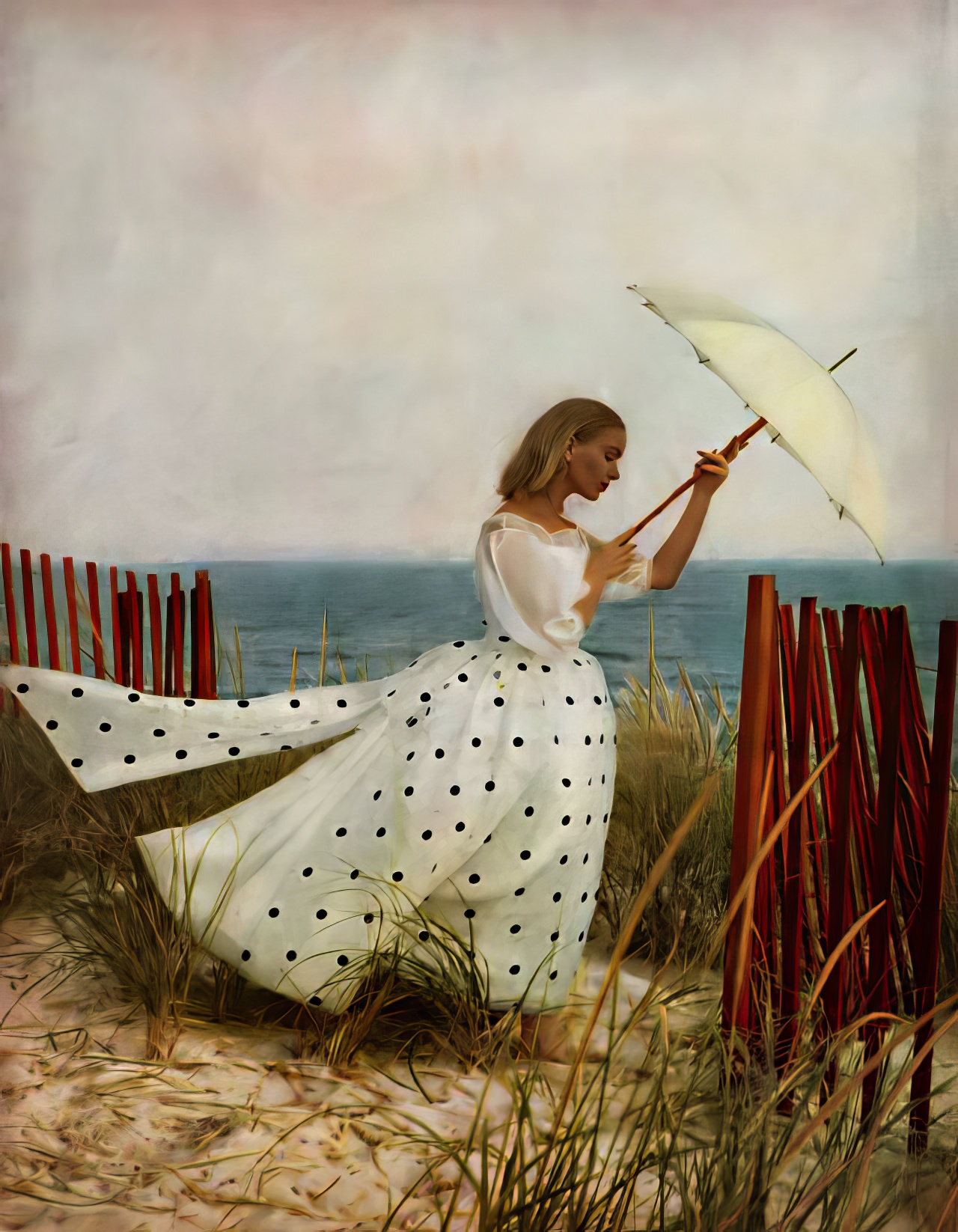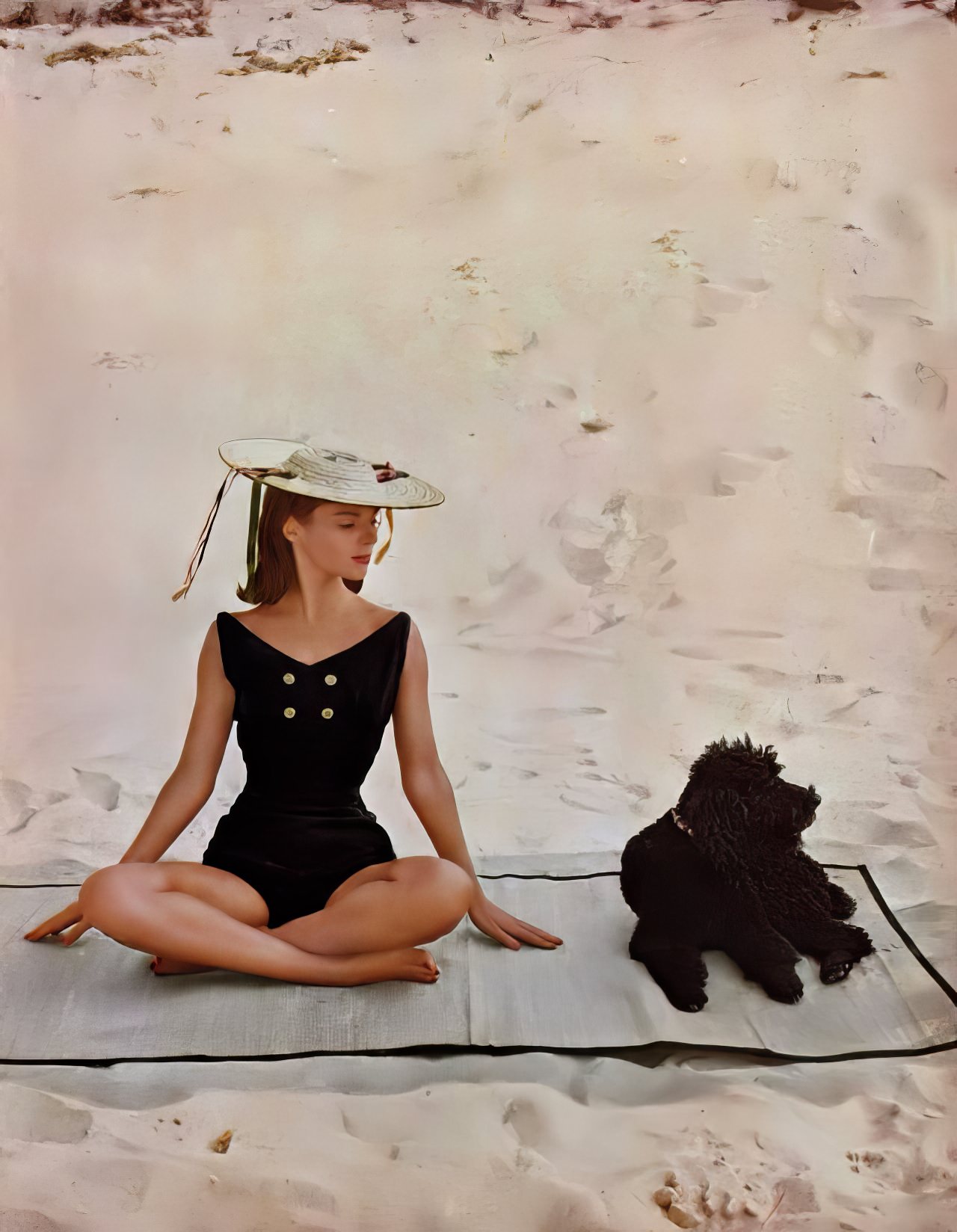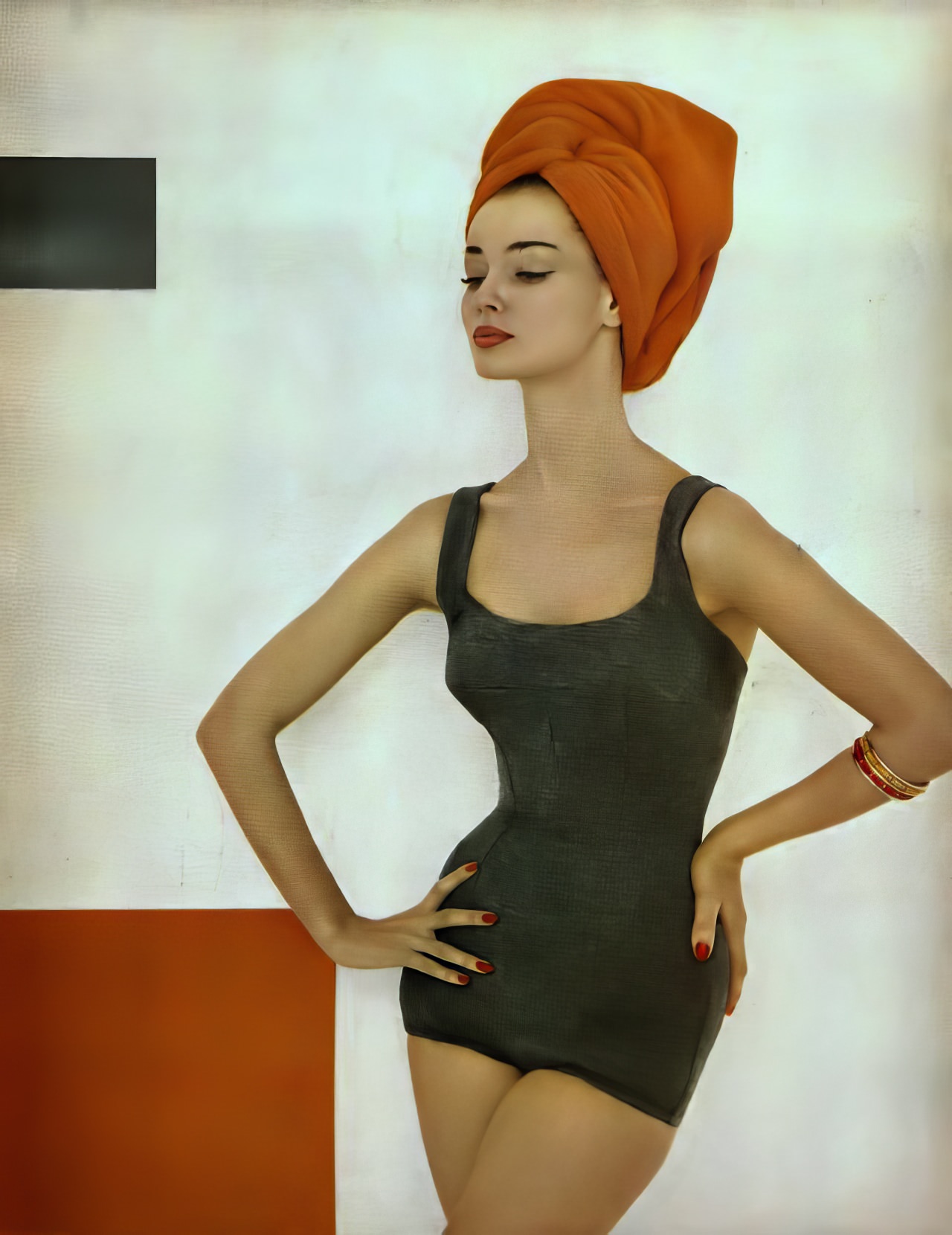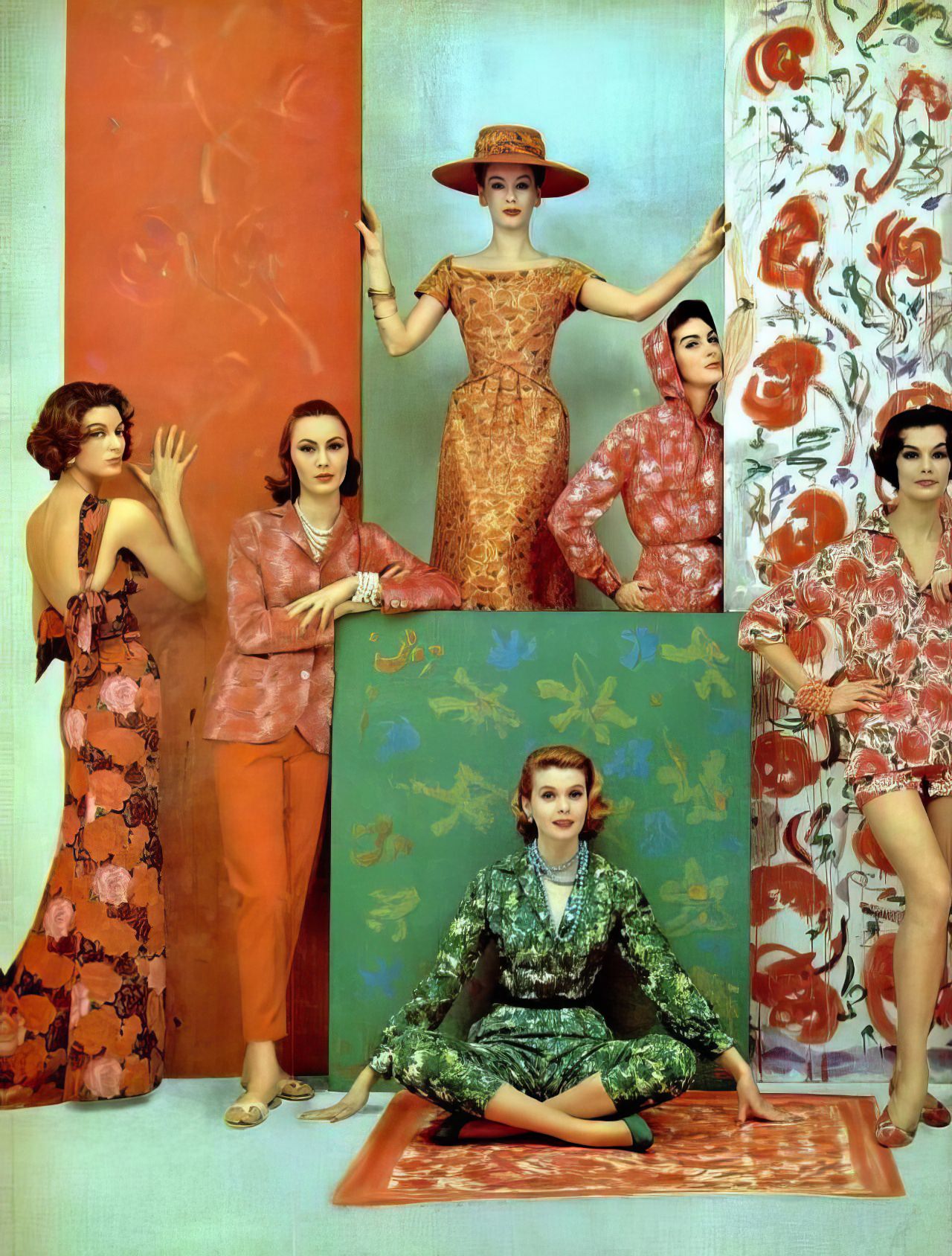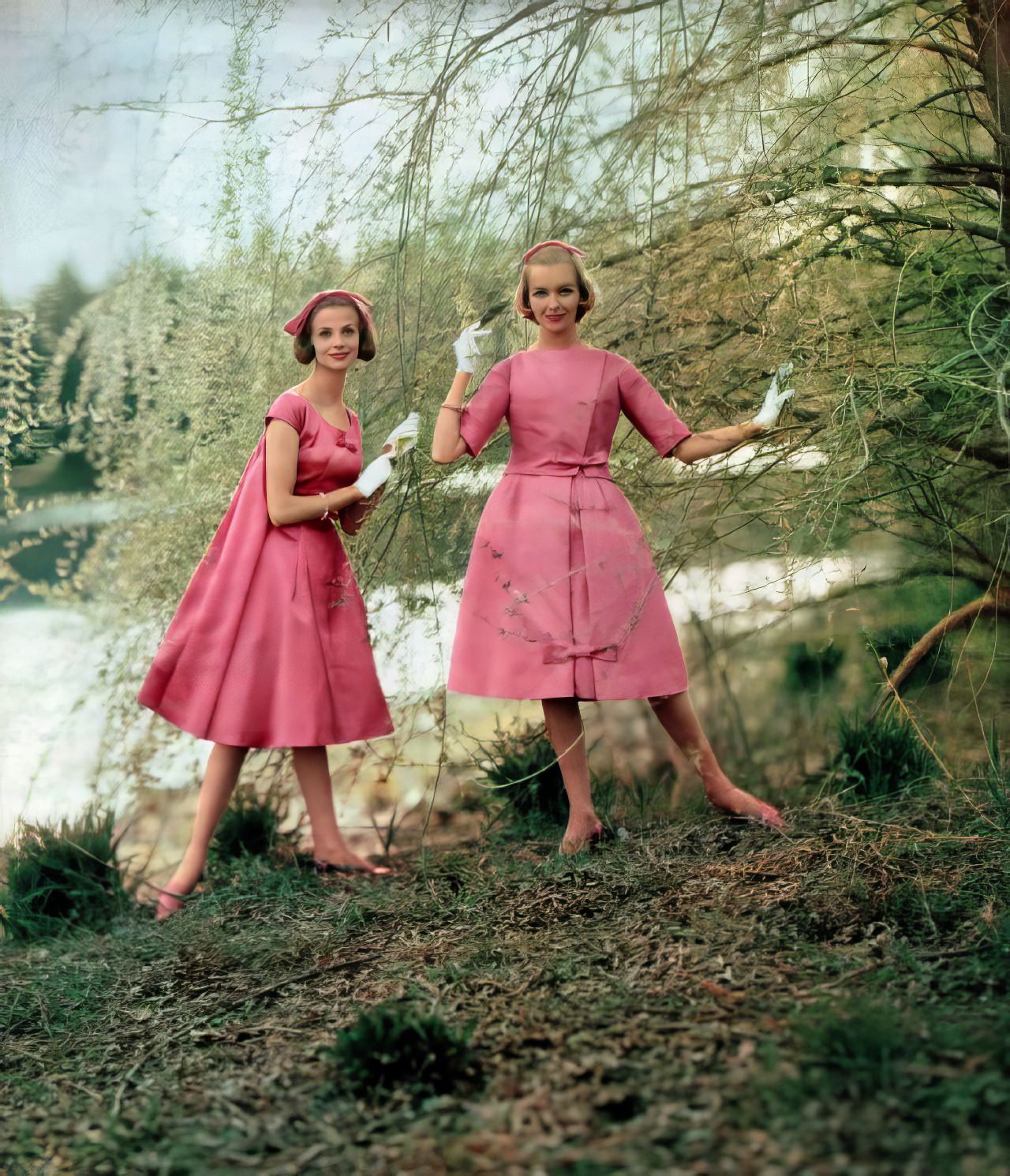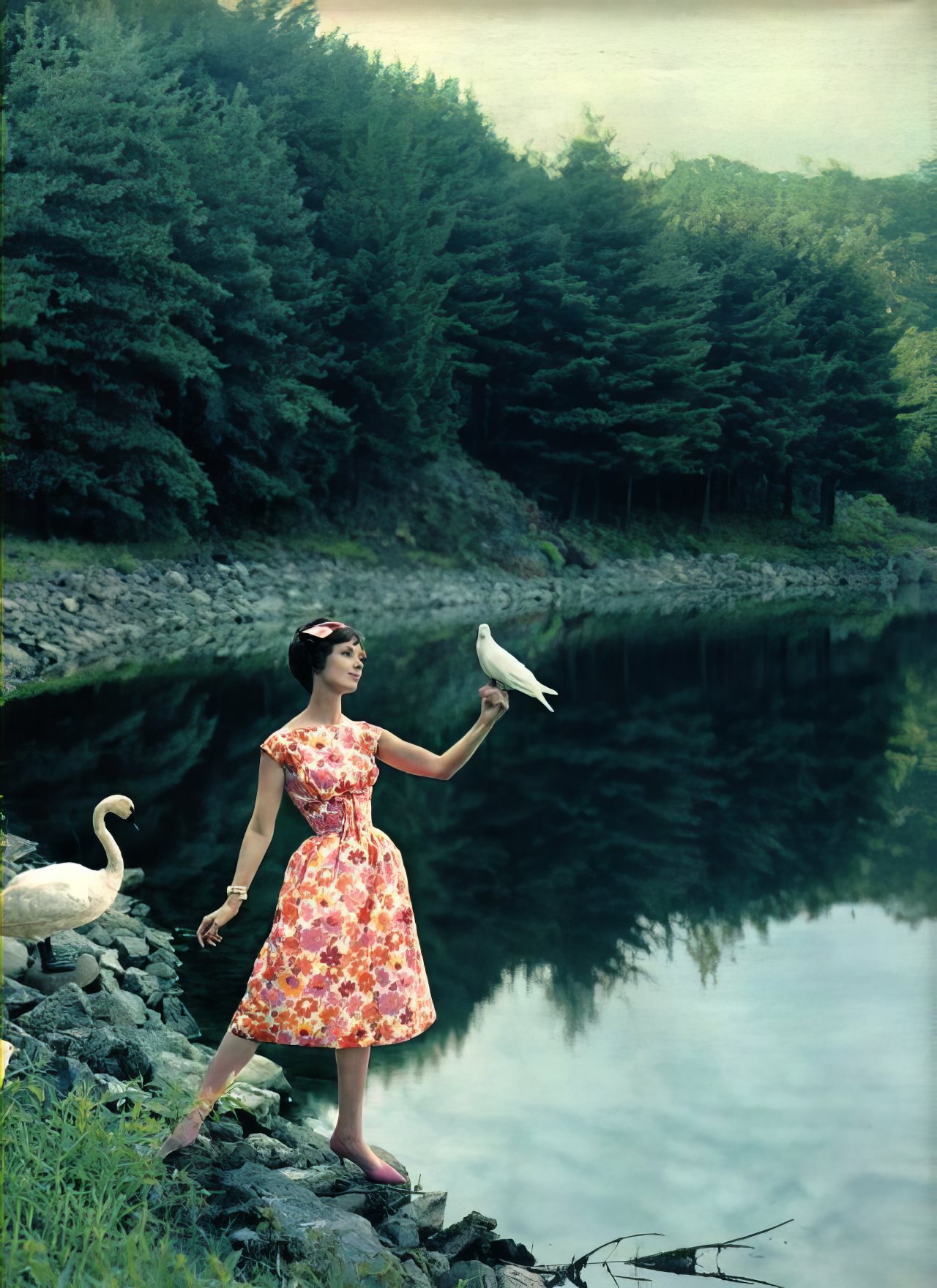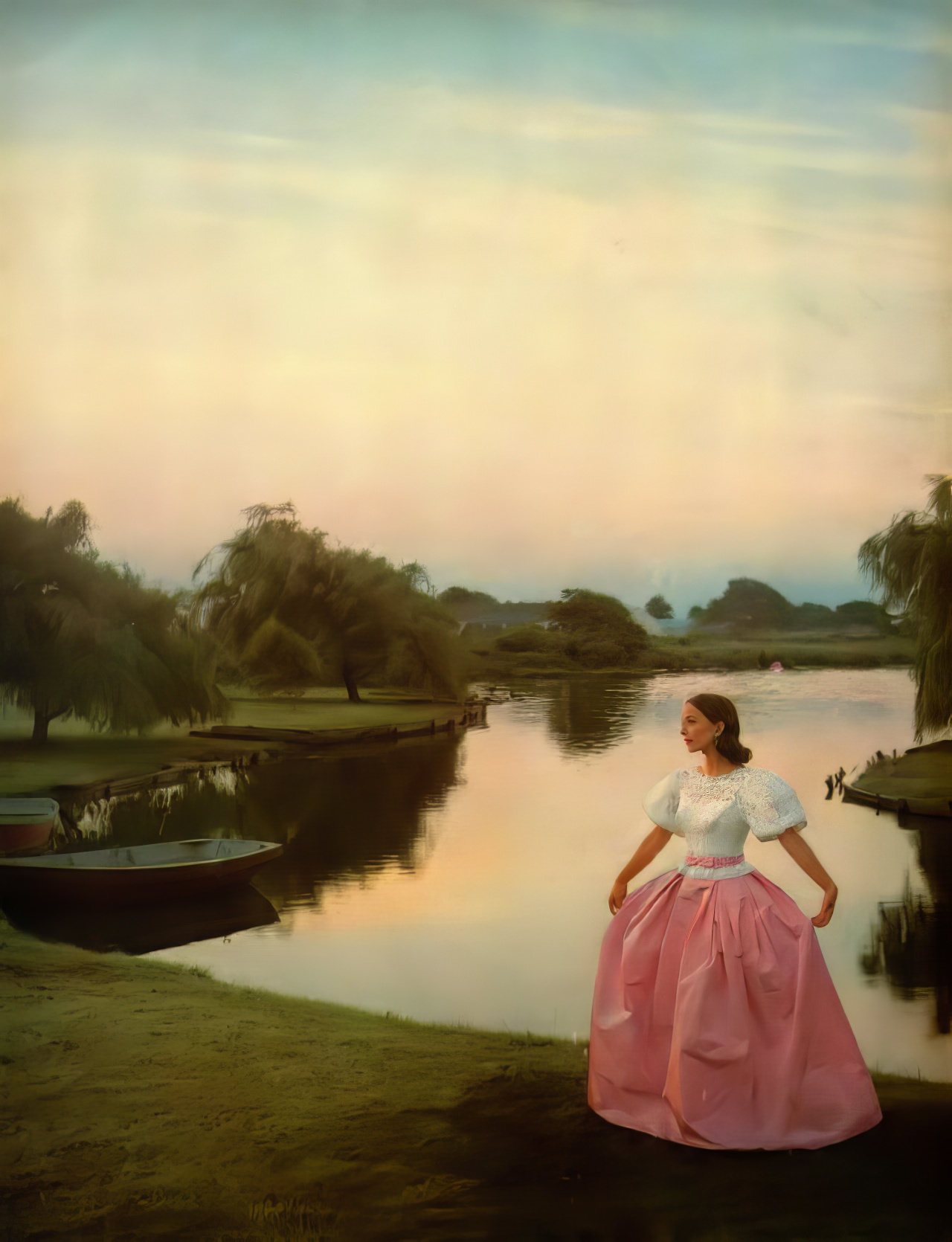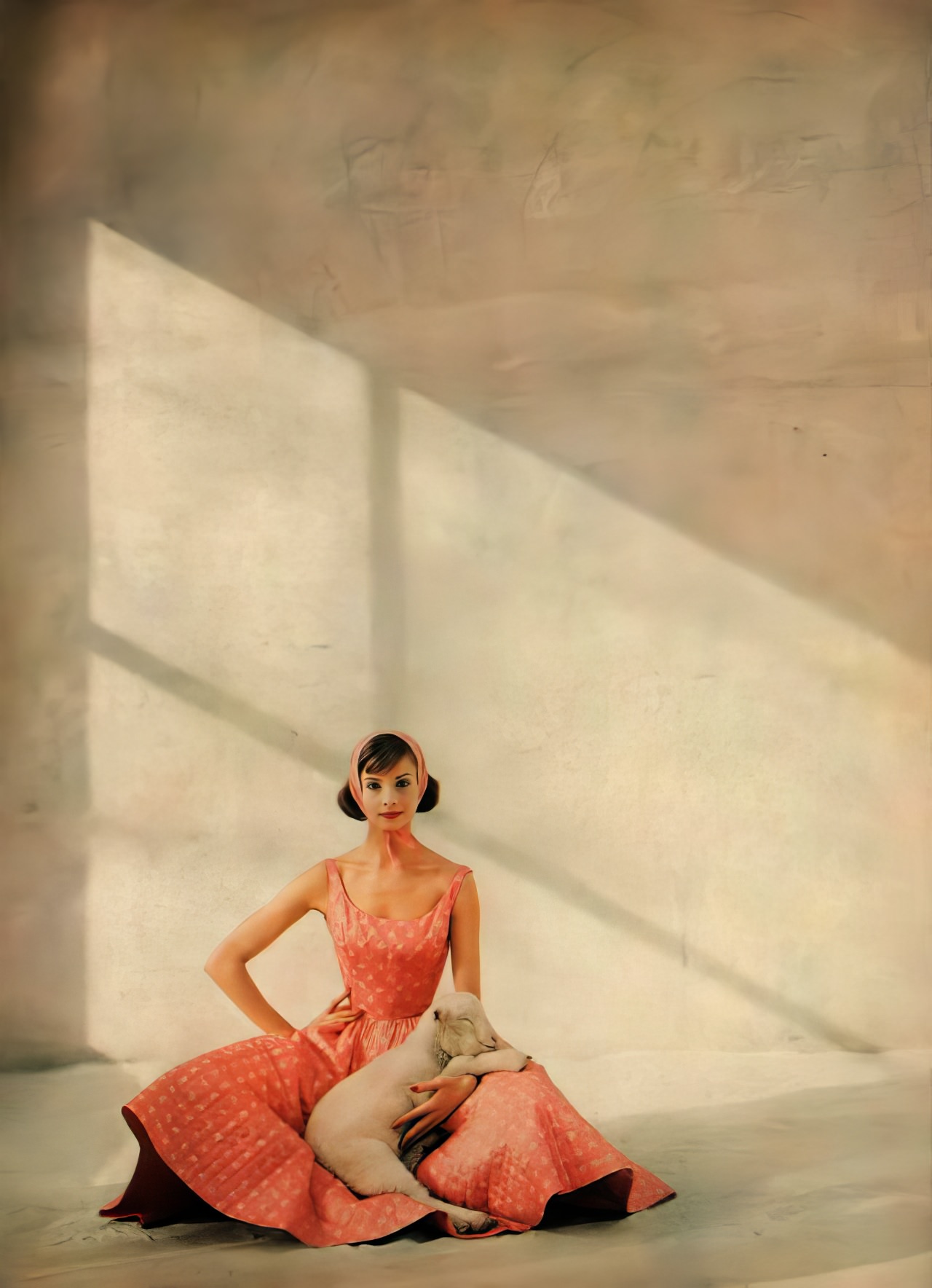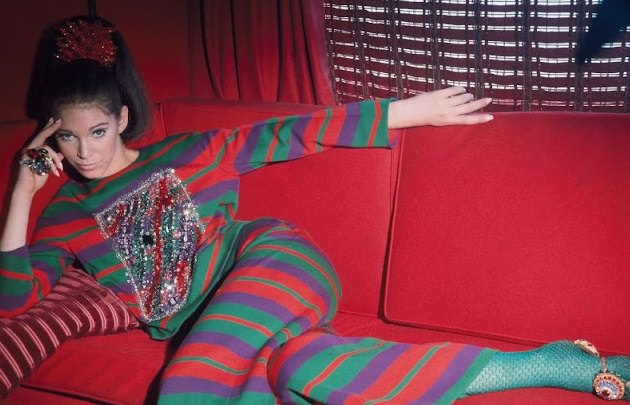Francesco Scavullo, born in 1921, wasn’t your average fashion photographer. By the 1950s, he had carved a niche for himself, bringing a touch of Hollywood glamour and sensuality to the pages of leading fashion magazines.
Scavullo’s journey began modestly, working in a New York studio churning out fashion catalogs. However, his ambition was clear. He soon landed a coveted position as assistant to the legendary Horst P. Horst at Vogue magazine. Here, Scavullo honed his technical skills, absorbing Horst’s meticulous approach to lighting and composition.
But Scavullo craved a bolder aesthetic. In 1948, a cover he shot for Seventeen magazine showcased his signature style, earning him a contract and the freedom to open his own studio. This marked the beginning of a prolific decade that would define Scavullo’s career.
Unlike the stark minimalism favored by some contemporaries, Scavullo reveled in theatricality. He employed innovative lighting techniques, often using white umbrellas and muslin sheets to create a soft, diffused glow. This technique, later dubbed “Scavullo-izing,” became his trademark, bathing his models in an ethereal, almost dreamlike quality.
Scavullo wasn’t just concerned with capturing clothes; he sought to capture personalities. He fostered close relationships with his models, most notably his wife during the 1950s, Carol McCall. Through his lens, models weren’t mere mannequins, but vibrant, confident women. He often placed them in dynamic poses, their playful expressions and captivating gazes drawing the viewer into the image.


